
Let’s see what the spring sky has to offer…
Click on your location: Northern hemisphere | Southern hemisphere
Northern hemisphere
Star map from March to April in the Northern hemisphere
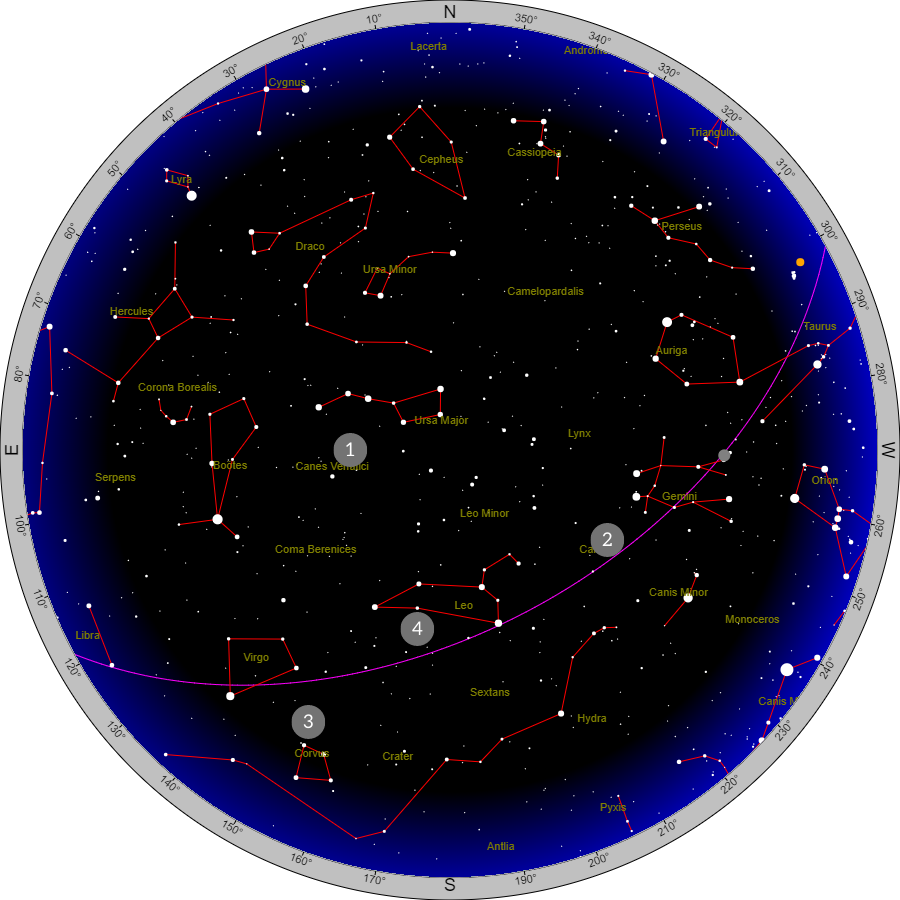
1) Whirlpool Galaxy (M51)
Observation hours: all night.
M51, better known as the Tourbillon galaxy, is without doubt one of the most famous galaxies after the Andromeda galaxy and the Milky Way thanks to a splendid photograph taken by the Hubble space telescope. As you can see in the picture, the largest of the galaxies take matter from the smallest. Celestial cannibalism!
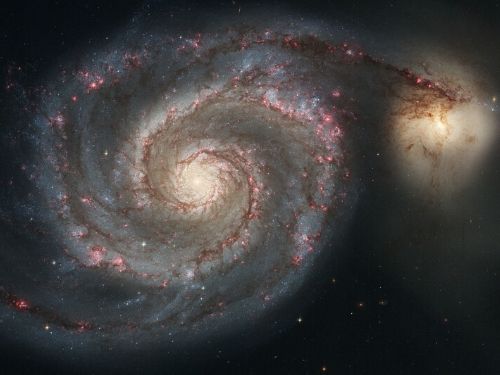
2) Beehive Cluster (M44)
Observation hours: from sunset to early morning.
This beautiful cluster, sometimes nicknamed the Beehive because of its resemblance to the house of bees, was observed by astronomers in ancient China. It is filled with red giants and white dwarfs and is about 550 light years from Earth. It is also called Praesepe, which in Latin means “manger”. This cluster is also known as M44.
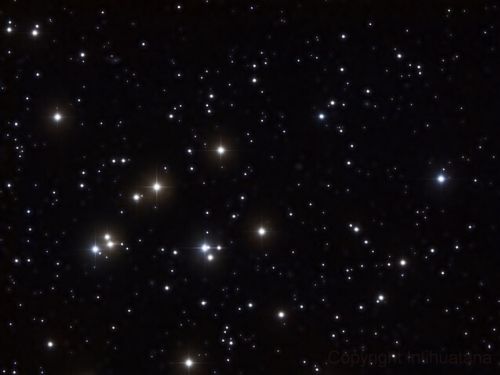
3) Sombrero Galaxy (M104)
Observation hours: mid-evening to early morning.
Its Mexican hat shape inspired the nickname of the M104 galaxy. This galaxy is interesting in many ways: see in particular its shiny core, its large central bulge and especially the band of dark dust that surrounds this magnificent object.
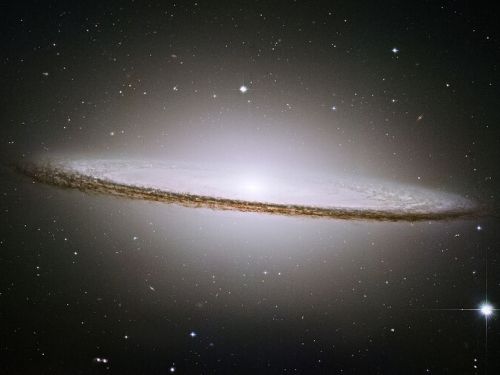
4) M65, M66 and NGC 3628 galaxies
Observation hours: almost all night.
These three galaxies, although separate, are united in the visual field of a low magnification telescope and are called the Leo Triplet. They are spiral galaxies. Each is tilted at a different angle. Compared to us, M65 and M66 are oblique while NGC 3628 shows us its edge.
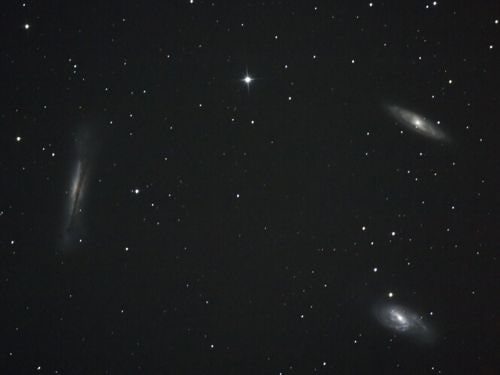
Southern hemisphere
Star map from March to April in the Southern hemisphere
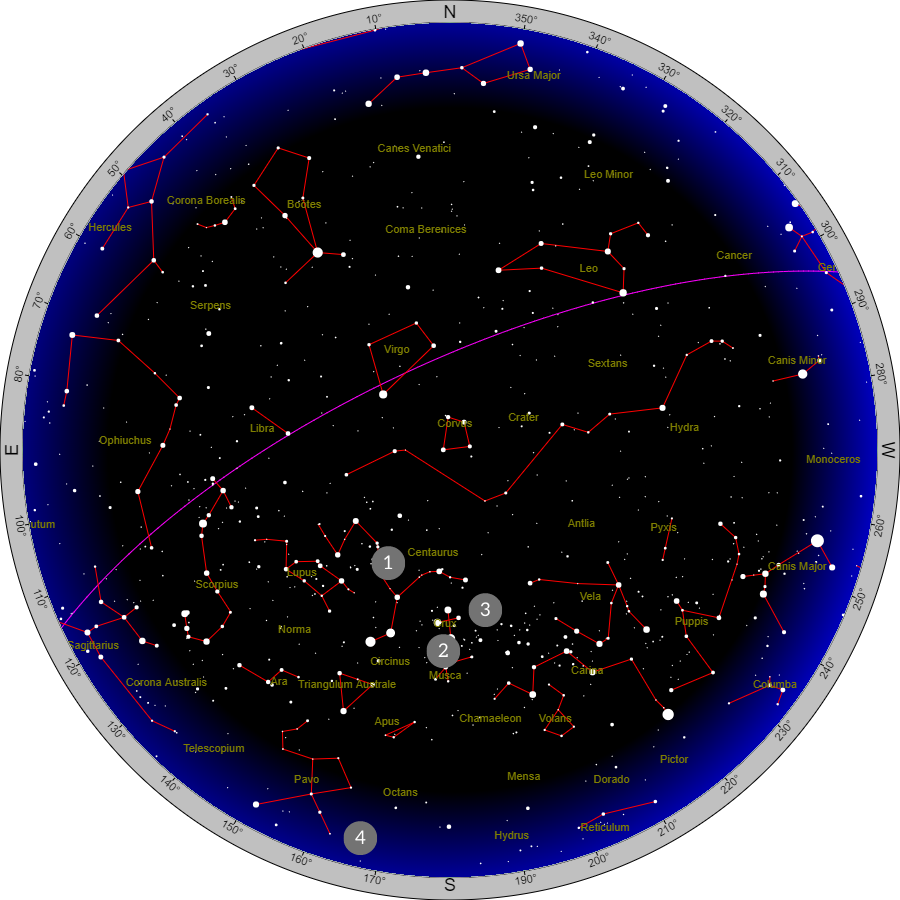
1) Omega Centauri
Observation hours: all night.
It is the largest and brightest globular cluster in our galaxy. Observable with the naked eye, it is superb through binoculars or a small telescope. It is 15,800 light years from Earth and covers a portion of the sky equivalent to the full moon.
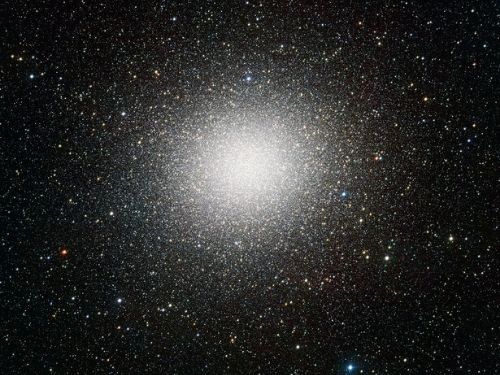
2) Coalsack Nebula
Observation hours: all night.
The Coalsack Nebula is an obscure spot in the bright strip of the Milky Way. It is a dense cloud of gas and dust that hides the glow of the stars behind. It is the largest “dark” nebula in the sky. It is visible to the naked eye if the sky is clear and during dark nights.
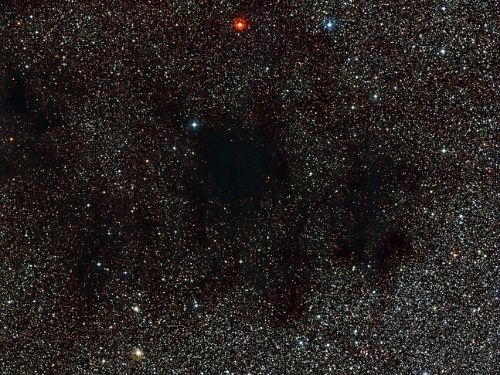
3) NGC 3918 planetary nebula
Observation hours: during most of the night.
NGC 3918, which is in the constellation Centaurus, is easy to observe using a small telescope. Its bluish color makes it look a bit like Neptune. The faint central star in the heart of the nebula is invisible to the eye.
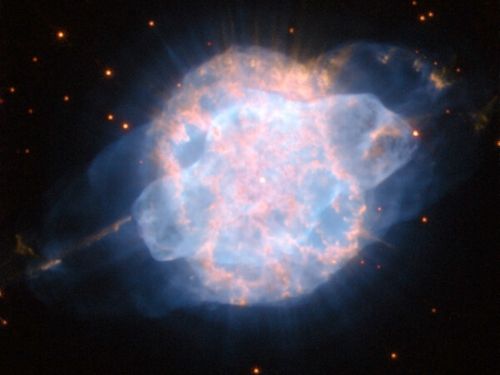
4) 47 Tucanae (NGC 104)
Observation hours: all night.
47 Tucanae is the second globular cluster in the sky in terms of brightness, after Omega Centauri. To the naked eye, it is about the size of the moon, so it is easy to observe. Globular clusters are enigmatic objects because they contain some of the oldest stars in the known universe.
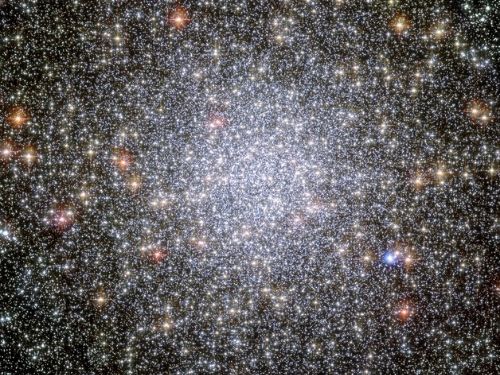

Image credits
- Whirlpool Galaxy (M51): NASA and European Space Agency / Public domain
- Beehive Cluster (M44): Miguel Garcia / CC BY-SA (https://creativecommons.org/licenses/by-sa/4.0)
- Sombrero galaxy (M104): NASA/ESA and The Hubble Heritage Team (STScI/AURA) / Public domain
- M65, M66 and NGC 3628 galaxies: Rochus Hess / Attribution
- Coalsack Nebula: ESO / CC BY (https://creativecommons.org/licenses/by/4.0)
- Omega Centauri: ESO/INAF-VST/OmegaCAM / CC BY (https://creativecommons.org/licenses/by/4.0)
- NGC 3918 planetary nebula: ESA/Hubble and NASA / CC BY (https://creativecommons.org/licenses/by/3.0)
- 47 Tucanae (NGC 104): ESA/Hubble / CC BY (https://creativecommons.org/licenses/by/4.0)